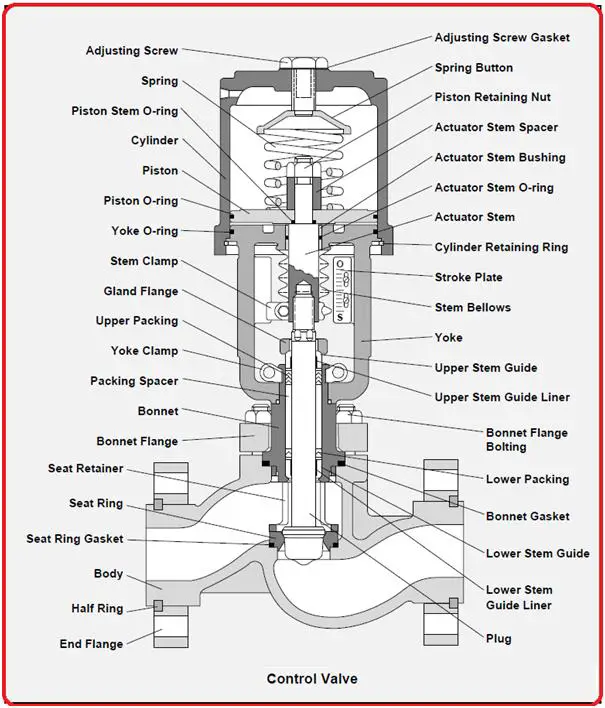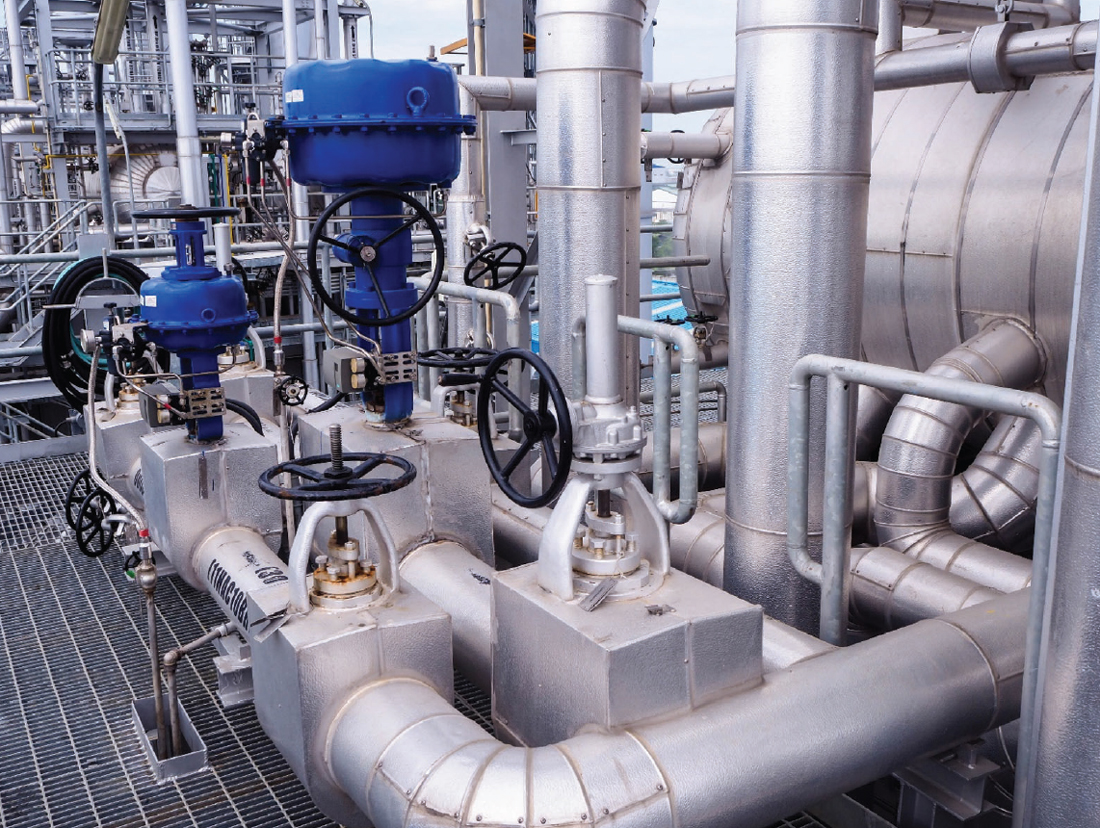Understanding the Value of Control Valves in Process Automation
Wiki Article
Achieve Seamless Combination and Control With Top Quality Structure Automation Controls
In the world of contemporary building administration, the importance of top quality structure automation controls can not be overemphasized. As innovation continues to advance, the assimilation and control of various systems within a building have actually developed to be much more sophisticated and efficient. The smooth procedure and surveillance of lighting, A/C, security, and various other building functions have ended up being critical for boosting resident comfort, power effectiveness, and general functional performance. However, the trip in the direction of achieving true integration and control is a diverse one, with considerations varying from system compatibility to cybersecurity. Accepting quality building automation controls is not simply a matter of benefit yet a tactical crucial for organizations intending to maximize their facilities' efficiency and sustainability.
Advancement of Building Automation Controls
Throughout the previous couple of decades, the advancement of developing automation controls has considerably changed the means structures are taken care of and operated. Originally, developing automation systems primarily concentrated on fundamental functions such as regulating ventilation, heating, and air conditioning (HEATING AND COOLING) systems. Nonetheless, as innovation progressed, these controls have come to be a lot more innovative, enabling for a larger range of building systems to be integrated and handled centrally.The development of building automation controls has actually seen a change towards more smart systems that can adjust to changing problems in real-time. This adaptability is crucial for enhancing energy efficiency and making certain passenger convenience. Additionally, contemporary building automation controls now use functions such as anticipating maintenance, remote surveillance, and data analytics, enabling center supervisors to make data-driven choices to boost building performance.

Benefits of Quality Combination
The advancement in building automation regulates towards more smart systems has emphasized the substantial benefits of quality combination in enhancing building operations and enhancing general effectiveness. Quality assimilation of developing automation controls uses a number of vital advantages. To start with, it leads to enhanced power performance by permitting different systems to collaborate flawlessly, making certain ideal efficiency and reducing energy waste. Second of all, quality assimilation boosts occupant convenience and productivity by making it possible for personalized control over environmental settings like lights, air, and temperature level quality. This customization can result in a much more favorable and comfy working or living setting. Furthermore, top quality integration simplifies maintenance and repairing processes, as all systems are interconnected and can be monitored and regulated from a central user interface. This centralized control additionally supplies better visibility and insights into building efficiency, making it possible for positive maintenance and optimization strategies. On the whole, the benefits of high quality combination in structure automation controls are undeniable, using raised efficiency, convenience, and functional performance.Improved Individual Experience and Access
Enhancing individual interaction with building automation controls through instinctive design and improved ease of access raises the overall experience for occupants and facility supervisors alike. By concentrating on individual experience, developing automation systems can become more easy to use and effective. Intuitive user interfaces, clear navigating, and adjustable settings encourage individuals to communicate address with the controls easily and properly.Availability attributes play a crucial duty in making sure that all individuals, including those with handicaps, can use the building automation regulates with simplicity. Incorporating attributes such as voice commands, tactile buttons, and color-contrasted display screens can boost availability and make the controls much more inclusive.
Moreover, boosted individual experience causes higher customer satisfaction, increased productivity, and better decision-making. Owners can readjust environmental setups according to their choices, while facility supervisors can effectively monitor and handle building systems - control valves. On the whole, focusing on user experience and access in structure automation regulates adds to a more smooth and efficient building atmosphere for all stakeholders involved
Lasting Practices Through Automation

In addition, automation can find more assist in the assimilation of sustainable power sources such as photovoltaic panels or wind turbines right into building operations. By instantly adjusting energy use based upon the availability of renewable resource, buildings can additionally lower their reliance on non-renewable resources. This seamless assimilation of lasting practices not only profits the setting but also improves the total functional efficiency and cost-effectiveness of the building. With automation, structures can straighten with modern sustainability goals and contribute to a greener future.
Future Trends in Building Control Systems
One popular fad shaping the future of structure control systems is the boosted integration of Artificial Knowledge (AI) and device learning. In addition, the Internet of Points (IoT) is reinventing structure control systems by connecting gadgets and sensors to improve procedures and improve efficiency.
One more key pattern is the focus on cybersecurity steps to secure versus prospective hazards to building automation systems. As structures come to be much more interconnected, making certain robust cybersecurity procedures will certainly be vital to safeguard sensitive information and stop unauthorized accessibility.
Additionally, the change towards cloud-based systems is gaining momentum, enabling for systematized control and remote access to building systems. This assists in less complicated monitoring, maintenance, and updates, improving the total efficiency and adaptability of building control systems. As innovation remains to development, these fads are anticipated to shape the future landscape of building automation controls, driving innovation and sustainability in the built atmosphere.
Final Thought
Future patterns in building control systems are most likely to focus on further boosting automation abilities for improved power effectiveness and overall efficiency. It is crucial for structure owners and operators to focus on the adoption of quality structure automation controls to maximize structure operations and look here attain long-term sustainability objectives.In the realm of modern structure administration, the significance of high quality building automation controls can not be overemphasized. Overall, the advancement of building automation regulates continues to drive development in the structure administration sector, using new opportunities for creating smarter and a lot more sustainable structures.
The advancement in building automation regulates towards even more intelligent systems has emphasized the considerable benefits of top quality integration in enhancing structure operations and improving total effectiveness. On the whole, prioritizing individual experience and access in building automation manages adds to a more productive and seamless structure setting for all stakeholders involved.
It is crucial for building owners and drivers to focus on the fostering of high quality structure automation controls to enhance building procedures and achieve long-term sustainability goals. - control valves
Report this wiki page